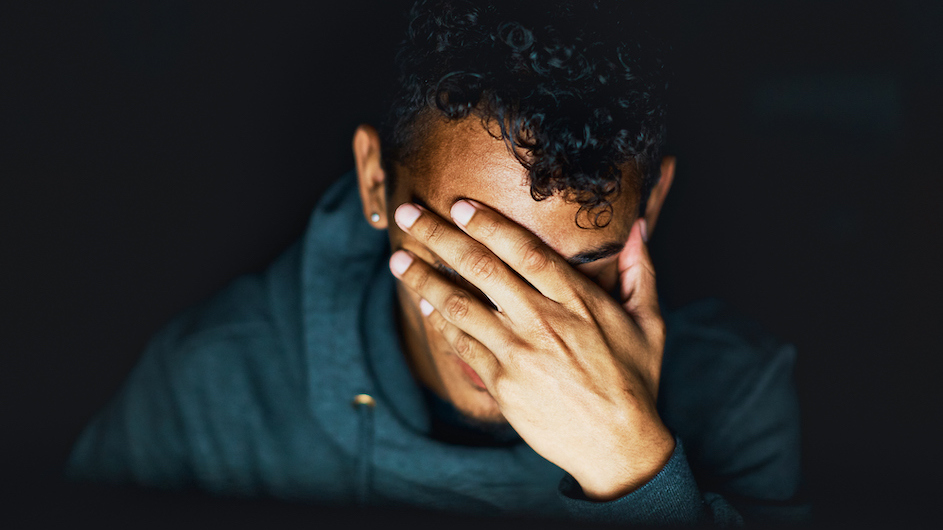What’s Going On with Youth and Mental Illness – Columbia University

Not Just Because of COVID-19
“It’s good news that mental health and youth are getting attention in the media, but the recent coverage sometimes conveys the sense that all youth are in need of psychiatric evaluation and treatment,” Olfson said, which can lead to confusion, mistrust, and stigma.
The panelists noted that even before the pandemic youth mental health was going in the wrong direction. Olfson cited a 2018 study of more than a million middle and high school students that found a doubling of the proportion of girls reporting significant depressive symptoms over a 10-year period. Depressive symptoms reported by boys were only slightly less.
Some of the most striking increases in rates of mental illness have been among Black teenagers, female adolescents in particular. A look at the suicide rates between 2010 and 2019 shows a rise of about 70 percent among white adolescent girls, with an increase of a little more than 100 percent among Black adolescent girls. Suicides among white adolescent boys increased of about 30 percent during this period, while suicides were up about 50 percent among Black adolescent boys.
Minority Youth at Risk
Ng noted that many, if not most, children and adolescents have met the challenges and impacts of the pandemic – on education, socialization, and routines —with resilience. But not all kids have been affected equally.
Black and Latinx youth, who are disproportionately exposed to illness and death from COVID-19, economic upheaval, and racial violence, continue to report higher rates of symptoms of anxiety and depression than their white counterparts.
While the pandemic has set back learning for all students, it has been especially difficult for low-income and minority children, exacerbating existing achievement gaps that could jeopardize opportunities of this future generation.
“What happens to these children can affect the trajectory of their direction, as well as the speed and evolution of their growth and development,” Eichler said
The panelists cautioned that it is important not to “pathologize” the mental health fallout, because much of the mental health fallout in young people of color stems from societal issues, such as structural racism, that require a departure from current approaches.
Taking Cues from Parents and Caregivers
How parents and caregivers cope with the challenges of the pandemic affects the mental health of their kids. When caregivers are anxious or sad, they may not be able to provide support and reassurance children and adolescents need.
Giving positive attention and praise when it’s deserved is important, as well as validating the disappointment of the last year and the lost opportunities.
The panelists noted that we are not likely to know the full impact of the past year on mental health for some time.
In the meantime, Olfson suggests that parents and caregivers try to get kids away from their devices, step up family dinners, spend more time with family and friends in outdoor activities, and encourage exercise.
“All of these things taken can do a lot to help us through a stressful and still uncertain time,” Olfson said.
